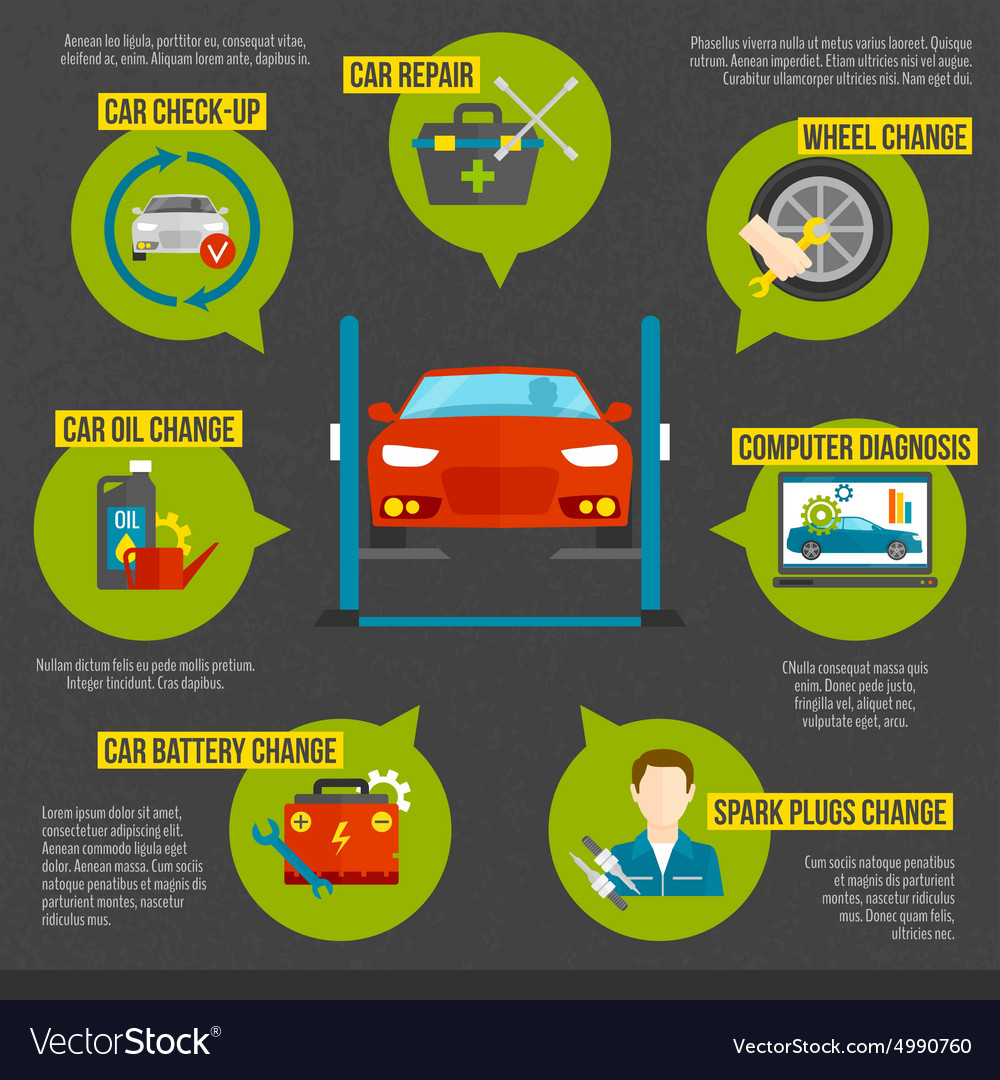A Guide To Recognizing The Most Typical Warning Lights On Your Dashboard And Their Implications
A Guide To Recognizing The Most Typical Warning Lights On Your Dashboard And Their Implications
Blog Article
Published By- related web-site
When you're behind the wheel, those dashboard warning lights can be a real secret. But did you understand that understanding them can save you from potential car problems down the road? From the ominous check engine light to the refined oil stress warning and the ever-important battery light, each one serves as a vital signal from your automobile. It's time to shed light on these typical control panel cautions and outfit yourself with the understanding to navigate the road in advance.
Understanding the Inspect Engine Light
When your control panel brightens with the check engine light, it is very important not to panic but to take instant action. The check engine light acts as a warning that your lorry's onboard diagnostic system has found a potential issue with the engine, discharges, or various other important elements. Neglecting this light can bring about much more extreme troubles down the road, so it's necessary to resolve it immediately.
To recognize the source of the problem causing the check engine light, you can use an OBD-II scanner to get the certain trouble codes saved in your vehicle's computer system. These codes give beneficial information that can aid determine the underlying problem.
While some issues triggering the check engine light might be small, such as a loosened gas cap, others can show much more substantial worries that require specialist focus.
Translating the Oil Pressure Caution
Upon witnessing the oil pressure cautioning light on your control panel, instant focus is necessary. This warning suggests that the oil pressure in your engine may be as well reduced, which can lead to serious engine damage otherwise resolved quickly. Low oil pressure can be caused by a selection of problems such as a leak, a faulty oil pump, or low oil degrees. Neglecting this warning light can lead to expensive repairs and even engine failing.
If you see the oil pressure advising light begun, the first step is to safely pull over sideways of the road and switch off your engine. Examine the oil level using the dipstick and ensure it's at the suggested level.
If the oil degree is reduced, top it up with the proper oil for your automobile. If the oil degree suffices, don't continue driving and look for assistance from a technician to identify and fix the concern without delay. Bear in mind, maintaining appropriate oil pressure is vital for the health and wellness and durability of your engine.
Translating the Battery Light
To decipher the significance of the battery light on your control panel, you need to comprehend its vital role in your car's electrical system. When the battery light illuminates while you're driving, it shows that the electric system isn't getting adequate power from the battery.
This could be because of a stopping working battery, a defective generator, or concerns with the billing system. Overlooking this cautioning light might result in your vehicle delaying or being unable to start.
If the battery light begins, it's advised to securely pull over and have your automobile inspected by a mechanic as soon as possible. They can perform diagnostics to identify the underlying concern and stop a potential malfunction.
Verdict
Now that you understand just how to recognize the most typical caution lights on your dashboard and what they mean, you can deal with any prospective problems without delay. Bear in mind, the check engine light, oil pressure warning, and battery light are very important indications of your lorry's health and wellness. Keep educated, stay secure, and keep your cars and truck running efficiently by taking note of these warning signs.
